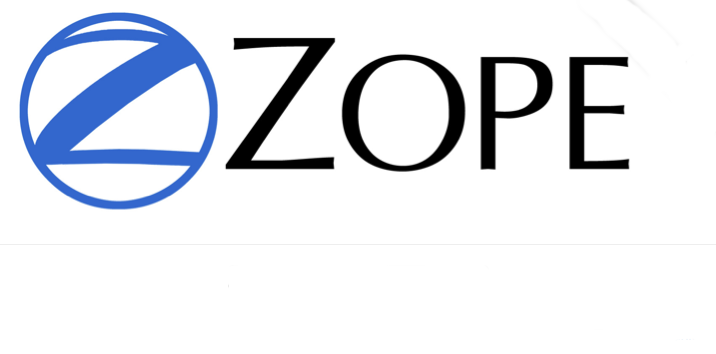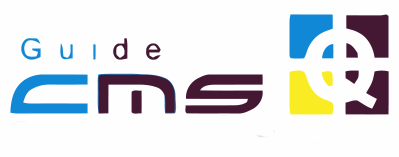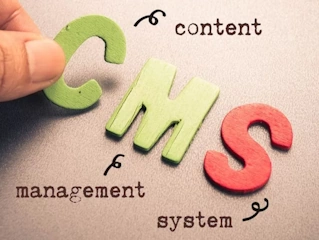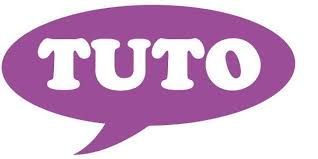
Zope: Detailed Technical Description
📅 Release Date
Zope (Z Object Publishing Environment) was launched in 1998 by the company Digital Creations (now Zope Corporation).
📝 License
Zope is an open-source software licensed under the Zope Public License (ZPL), a license compatible with GPL.
💻 Programming Language
Zope is primarily developed in Python.
🏛️ Architecture
- Based on an application server and a web framework.
- Uses an object-oriented model with a dynamic publishing system.
- Includes a native web server, but can be paired with Apache, NGINX, or other HTTP servers.
- Extensible via Zope Products (equivalent to modules/plugins).
- Compatible with frameworks like Pyramid and Plone.
📂 Database Support
Zope primarily uses ZODB (Zope Object Database), an integrated object database, but can also interact with:
- MySQL
- PostgreSQL
- SQLite
- Oracle (via extensions)
⚙️ Main Features
✅ Powerful web application server for developing dynamic applications.
✅ Object-oriented architecture with advanced object and permission management.
✅ Integrated content editor for managing web pages and Python scripts.
✅ Advanced workflow and access management with granular permission systems.
✅ Extensible via Zope Products.
✅ Multi-user support and collaboration.
🔥 Advanced Features
🚀 Object-oriented programming with native storage in an object database (ZODB).
🔗 Support for Python scripts and Page Templates for page modeling.
📊 Advanced caching system to improve performance.
🔌 Compatibility with modern frameworks like Pyramid and Plone.
📦 Integration with LDAP and Active Directory for authentication.
💡 Complete web management interface for administering objects and content.
🔐 Security
🔹 Advanced permissions and access system based on roles (ACLs).
🔹 Protection against XSS and CSRF attacks.
🔹 Session and authentication management with security features.
🔹 Regular updates and security vulnerability fixes.
🔹 Ability to enable HTTPS and IP restrictions.
✅ Pros and Cons
✅ Pros
✔️ Highly flexible for developing complex web applications.
✔️ Advanced management of permissions and resource access.
✔️ Independence from relational databases thanks to ZODB.
✔️ Active community and professional support available.
✔️ Extensible through Zope Products and compatible frameworks (Plone, Pyramid).
❌ Cons
❌ Steeper learning curve compared to traditional CMS platforms.
❌ Less suitable for small projects or simple websites.
❌ Fewer resources and documentation than WordPress or Joomla.
❌ Requires good knowledge of Python and Zope's object model.
🌐 Official Website
Would you like more details on a specific aspect?



